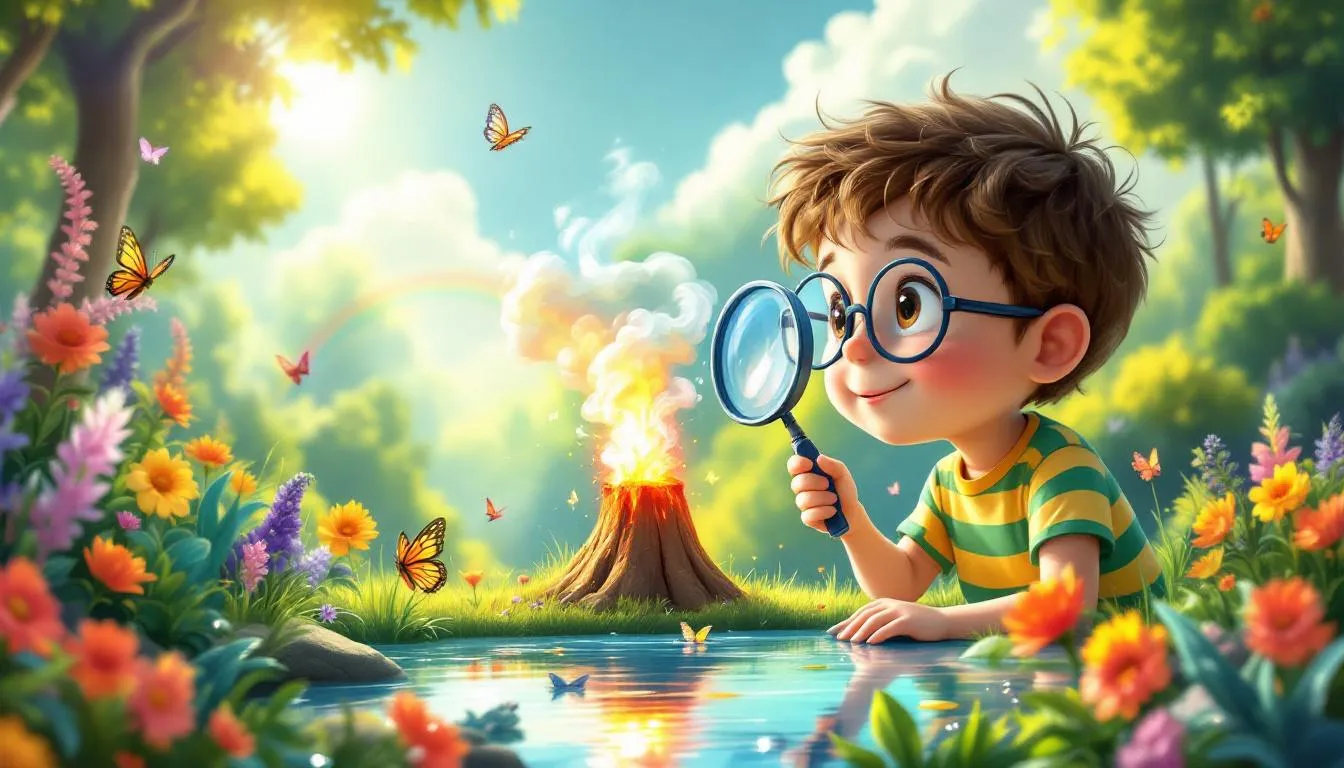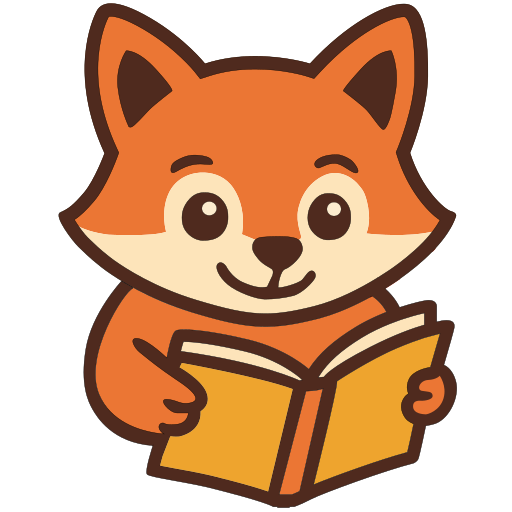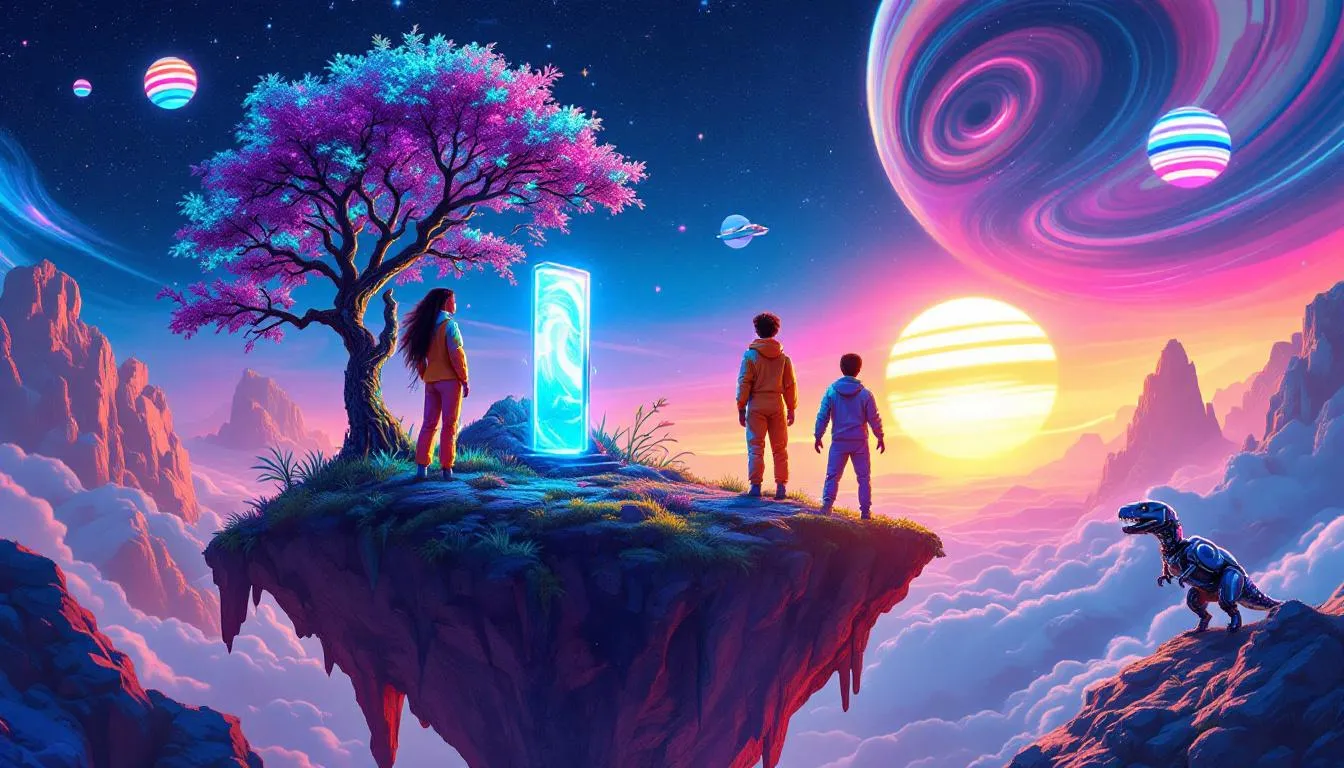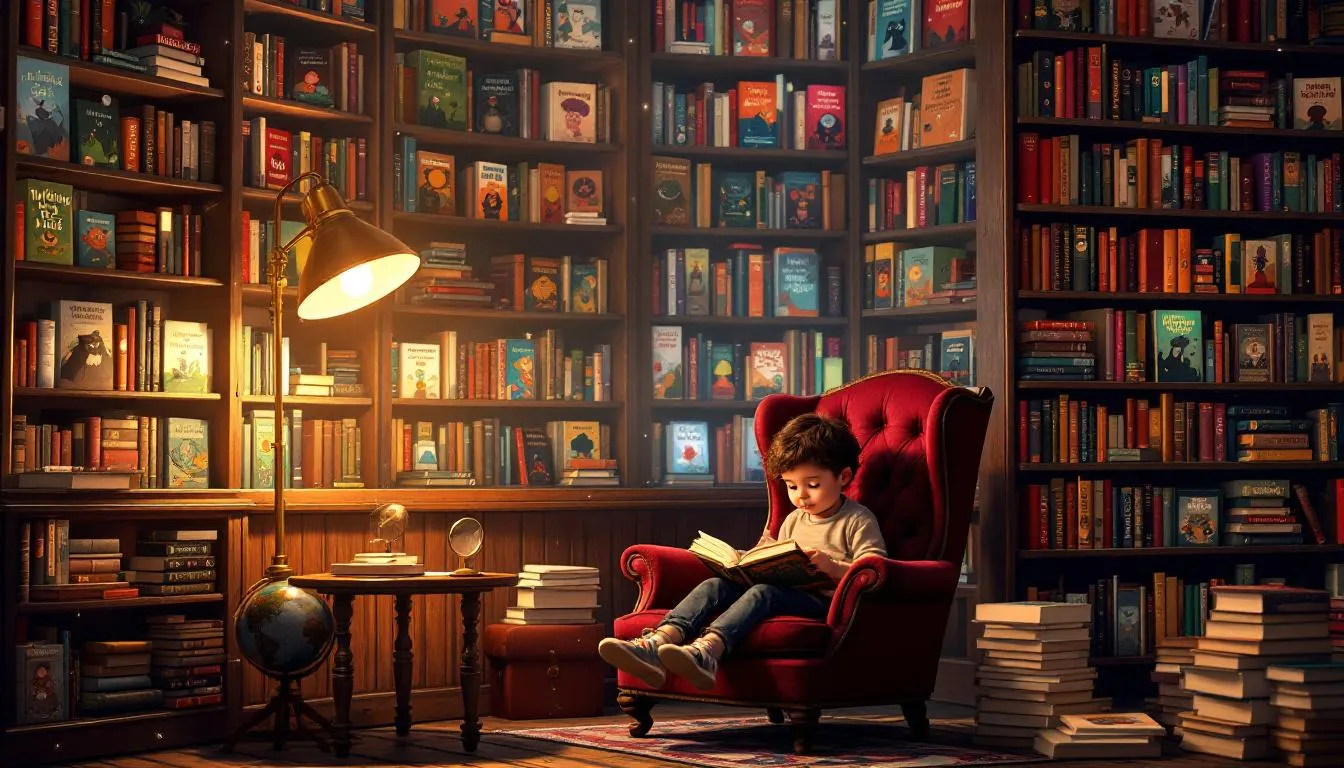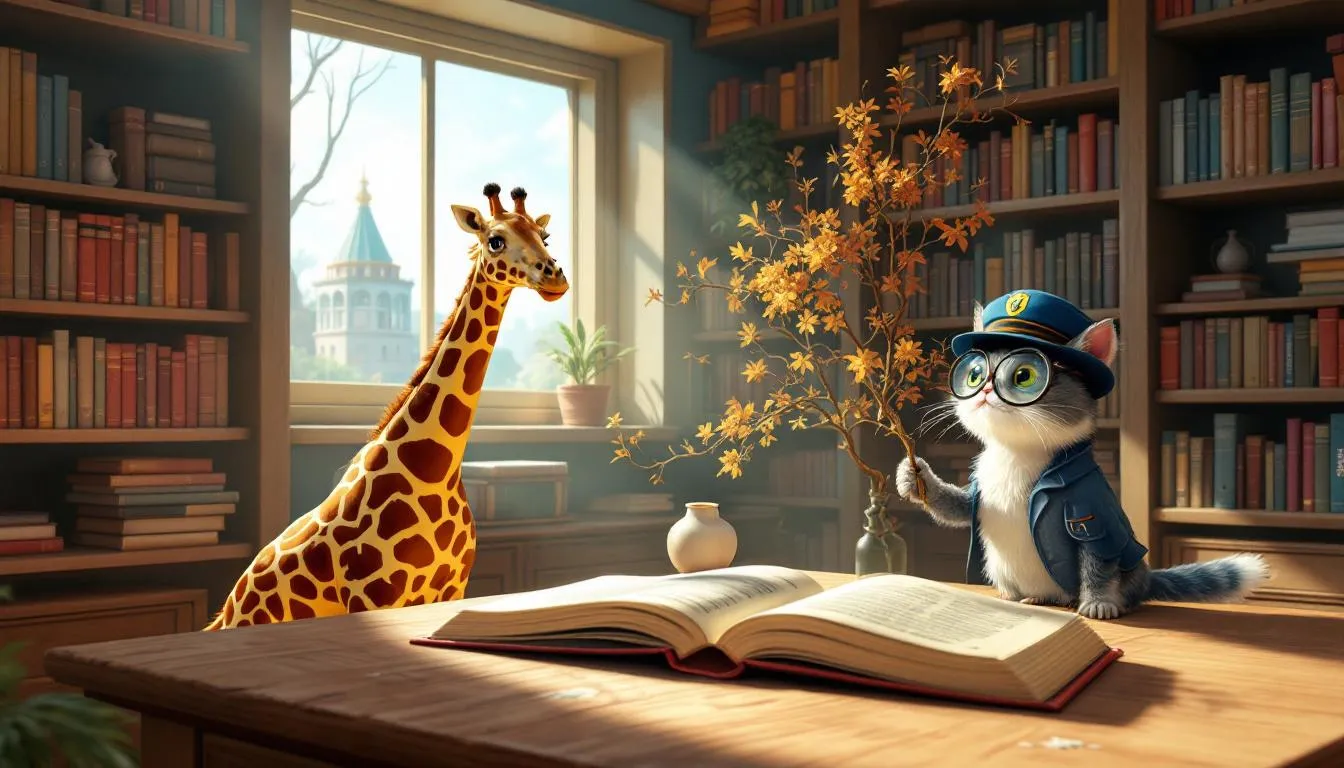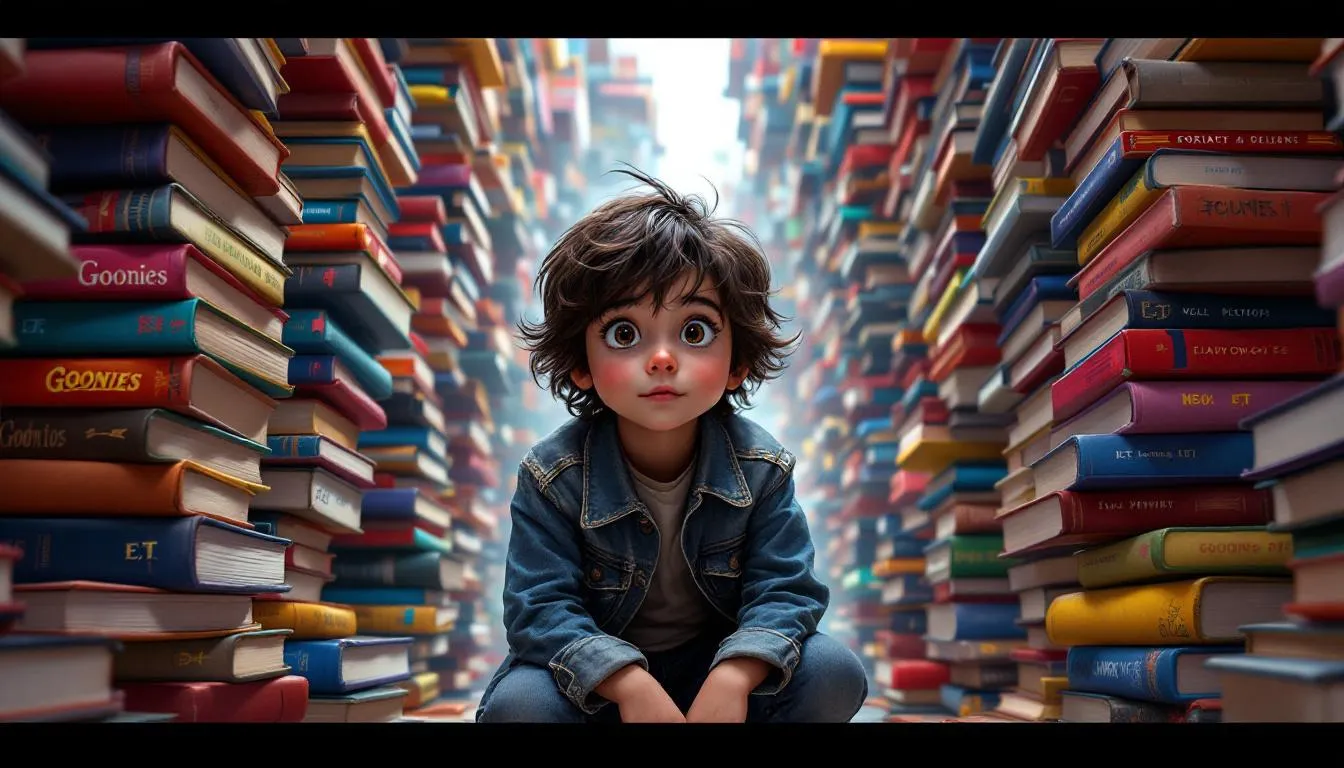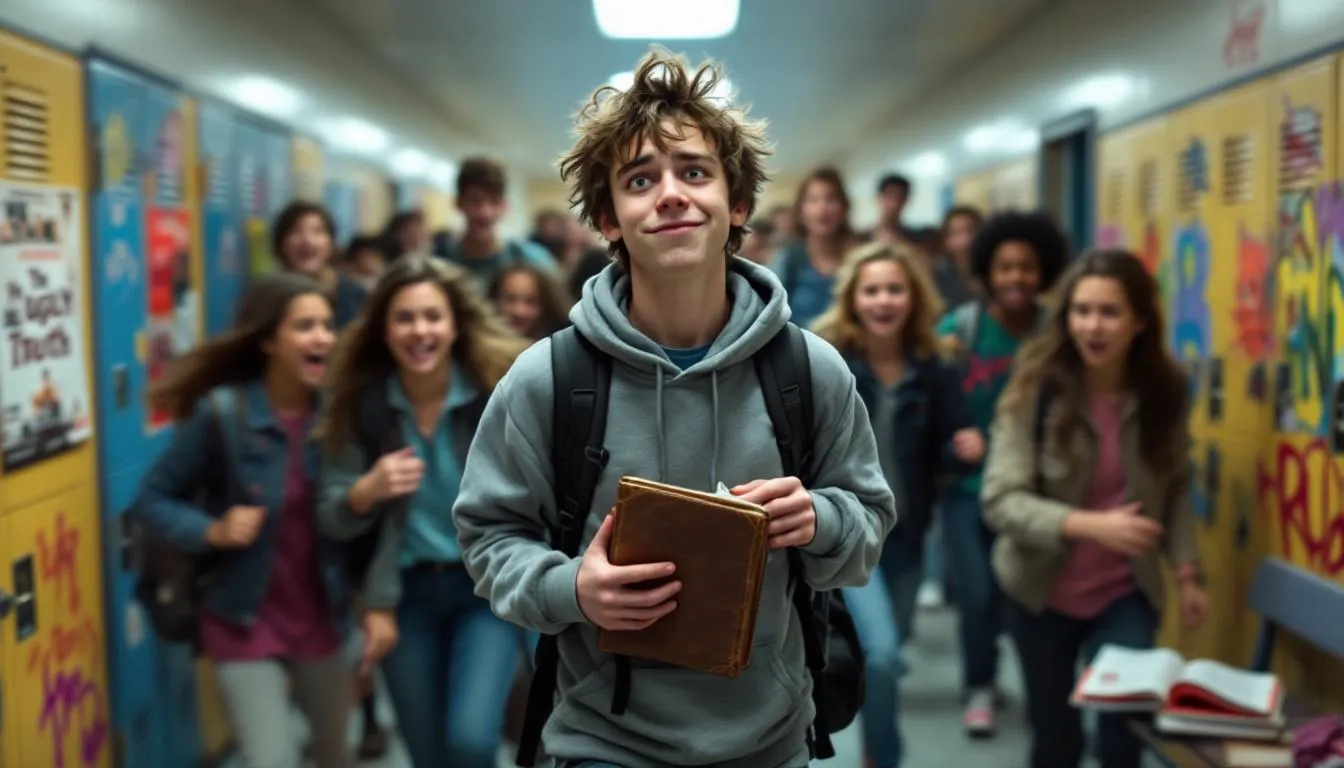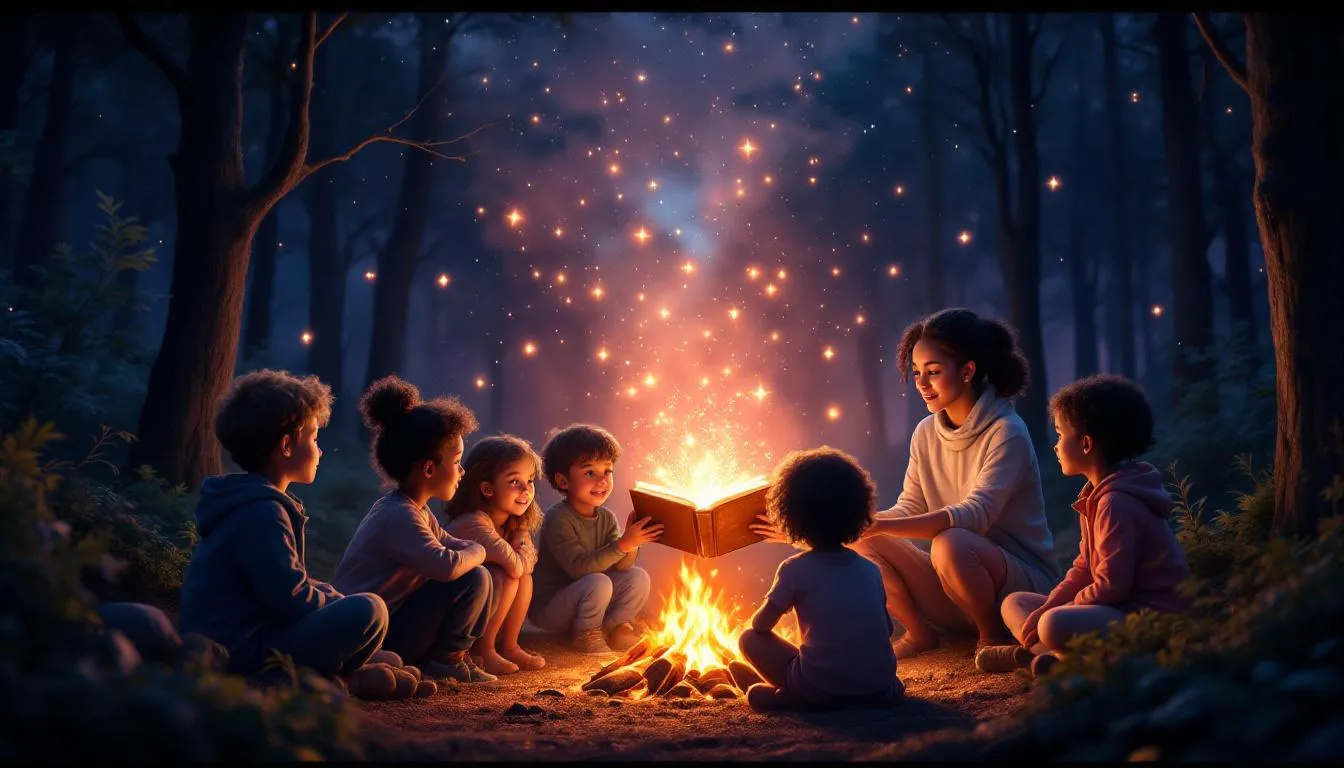Table of Contents
Quick Answer
Children’s books are magical doorways that open young minds to the wonders of nature and science. Through captivating storytelling and vibrant illustrations, these books introduce kids to complex concepts in a way that’s both fun and understandable. They are essential tools for sparking curiosity and building foundational knowledge about the natural world in young readers.
Teaching science through these books is effective because they connect with children’s inherent sense of wonder.
What Makes Children’s Books Effective for Teaching Science?
Children’s books excel at transforming the vast, sometimes intimidating world of science into something tangible and relatable for young minds. I remember reading a book about the water cycle with my child. The author didn’t just dive into terms like “evaporation” and “condensation.” Instead, they used simple language and concepts, such as comparing the sun’s warmth to a cozy blanket that causes water to rise. This approach breaks down complex ideas into digestible pieces.
The language in children’s books is tailored specifically for different age groups, ensuring kids can understand and absorb information without feeling overwhelmed. I recall a book that explained photosynthesis by likening it to how we humans breathe and eat. This clever simplification makes the content accessible and memorable.
Engaging illustrations and visuals play a crucial role. Vivid imagery can bring natural phenomena to life. One book we read had vibrant pictures of a butterfly’s metamorphosis, which mesmerized my child and made the concept stick far better than any dry explanation could.
Interactive elements, such as activities, questions, and prompts for experiments, encourage kids to explore further. I once followed a book’s suggestion to create a mini volcano with baking soda and vinegar. It wasn’t just fun—it was a fantastic hands-on lesson in chemical reactions!
When combined, these elements not only educate but inspire a lifelong fascination with the natural world.
How Do Books Introduce Natural Phenomena and Science Concepts?
Children’s books introduce natural phenomena and science concepts much like a magic show unfolds. These stories gently unravel the mysteries of our world, making the complex seem simple and the abstract tangible.
For instance, when characters in a story watch ripples spread across a pond, it’s not just a beautiful scene. It’s an opportunity to discuss how energy moves through water, sparking conversations about cause and effect. Similarly, tales of characters caught in sudden rainstorms can lead to explanations about weather changes and the water cycle.
Illustrations offer a visual feast that complements the narrative. Imagine a page filled with detailed depictions of an ecosystem, where each animal and plant is part of a larger, interconnected web. These visuals can make the concept of ecosystems come alive in a way that pure text might not.
Characters often act as guides, experiencing and interacting with nature in ways that children can relate to. Through their adventures, young readers learn about everything from the lifecycle of a frog to the phases of the moon, all within the context of a story that captivates their imagination.
It’s vital, though, that the information shared is accurate. Factual correctness ensures that the knowledge gained is reliable. Many authors collaborate with scientists and educators to ensure their content is both engaging and correct, providing a solid foundation for young minds eager to learn more about the world.
This brings us to the importance of accuracy in educational materials…
Why Is Accuracy Important in Children’s Educational Materials?
Accuracy in children’s educational materials is crucial for laying a solid foundation of scientific understanding. Imagine trying to build a house on shaky ground—it just wouldn’t hold up! The same goes for knowledge. When the information in children’s books is accurate, it forms a reliable base upon which young minds can construct further learning. I remember reading a book with my child about the solar system, where each planet was described vividly and correctly. This accuracy helped my child develop a clear picture of our cosmic neighborhood, making future science lessons a breeze.
Preventing misconceptions is another reason why accuracy matters. Early exposure to incorrect information can lead to misunderstandings that are challenging to undo later. A friend once shared how her child, after reading a poorly researched book, thought dinosaurs and humans coexisted like in a cartoon world. It took quite a few trips to the museum to set that record straight!
Accurate educational materials also encourage critical thinking by presenting logical explanations and cause-effect relationships. When children read about why the wind blows or how plants grow, they start to see patterns and connect the dots. This logical progression helps them understand the world in a structured way. Additionally, books that pose questions and promote inquiry can turn reading into an engaging problem-solving session. My child once spent an afternoon trying to figure out how rainbows are formed, all because a book asked, “Where does the rainbow begin?”
As we explore the world of children’s books, it’s exciting to see how many offer accurate insights into nature and science…
What Are Some Notable Children’s Books on Nature and Science?
When it comes to children’s books that illuminate the wonders of nature and science, there are gems that offer both entertainment and education. These books not only capture the imagination but also impart valuable knowledge.
Here are some recommended titles that have made a significant impact:
- “The Very Hungry Caterpillar” by Eric Carle: A classic that introduces the lifecycle of a butterfly through vibrant illustrations and a simple, engaging story.
- “The Magic School Bus” series by Joanna Cole: This series takes kids on wild science adventures with Ms. Frizzle, making complex topics like the human body and space accessible and fun.
- “Ada Twist, Scientist” by Andrea Beaty: A delightful story about a young girl with endless curiosity, inspiring budding scientists to ask questions and seek answers.
- “Over and Under the Pond” by Kate Messner: This book explores an ecosystem, beautifully illustrating the interplay between creatures above and beneath the water’s surface.
Each of these books is crafted with care, often under the guidance of authors who specialize in educational children’s literature. Individuals like Eric Carle and Andrea Beaty are renowned for creating stories that balance entertainment with learning, ensuring that young readers are both captivated and informed.
When selecting these books, I considered criteria such as the balance between fun and factual content, the diversity of topics, and the representation of various cultures and perspectives. The goal was to choose books that not only teach but also reflect the world’s rich variety, encouraging kids to explore diverse environments and ideas.
As we turn the page, let’s distill these insights into actionable steps…
Key Takeaways
- Children’s books are powerful tools for introducing kids to the wonders of nature and science.
- Engaging narratives and accurate information are essential for effective science education.
- Choosing well-researched books can ignite curiosity and a lifelong love for learning.
- Interactive elements in books enhance understanding through hands-on experiences.
- Diverse representations in stories broaden children’s perspectives and appreciation of the world.
Inspire your child today by diving into a book that opens up a whole new world, one page at a time!
